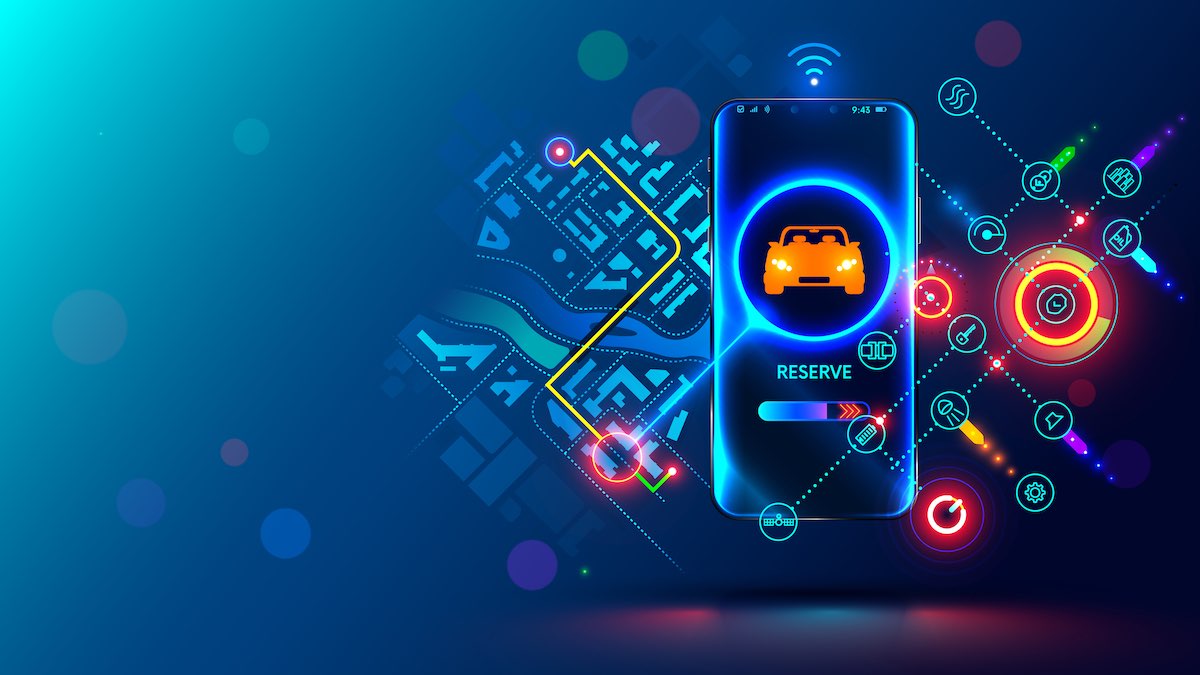The Evolution of Software Buying: Embracing Product-Led Growth
In traditional growth models, the emphasis is often on aggressive sales tactics and extensive marketing campaigns. These strategies, while effective in their era, are becoming increasingly misaligned with today’s fast-evolving market dynamics. In contrast, Product-Led Growth (PLG) offers a refreshing and efficient alternative.
The landscape of software usage and acquisition is undergoing a profound transformation. As we advance further from the days of the first cloud software and smartphones, consumer expectations have not just risen, they’ve evolved. Now, excellence in product experience isn’t just admired—it’s anticipated.
The Age of the Empowered Buyer
Today’s savvy buyers are steering clear of traditional sales tactics, favoring self-service and immediate value. Research indicates a growing preference for self-education and personalization, with a stark intolerance for subpar digital experiences. This shift necessitates a fundamental rethinking of customer engagement—away from sales and marketing dependence to a product-centric approach.
The Essence of Product-Led Growth
PLG is the embodiment of company-wide collaboration in crafting products that are not just better but are also inherently equipped to retain users and drive advocacy through their own merit. It’s a paradigm that thrives on inclusive and diverse stakeholder input, fostering richer and more innovative outcomes.
Meeting the Demands
of the New-Age Consumer
In an increasingly saturated market, users’ patience for cumbersome legacy systems is waning. The call for high-caliber, user-friendly software is louder than ever—ignoring it is not an option. PLG addresses these demands head-on, ensuring businesses remain relevant and competitive.

Why Isn't Everyone Doing It?
Despite its evident advantages, the adoption of PLG is not yet universal. This hesitation often stems from common pain points and misconceptions about transitioning to a PLG model. Let’s address some of these:
Transitioning Challenges
The shift to a product-led model can seem daunting. It requires a fundamental change in company culture and operational strategy. However, with the right guidance and a step-by-step approach, this transition can be smooth and immensely rewarding.
Resource Allocation
Companies often worry about reallocating resources, especially if they have heavily invested in traditional sales and marketing teams. PLG doesn’t render these roles obsolete; instead, it redefines them to work in tandem with product development, creating a more cohesive and efficient growth strategy.
Product Development Concerns
Shifting the focus to product development might raise concerns about increased costs and time. However, in the long run, PLG typically results in more streamlined operations, as product improvements are driven by real user feedback, ensuring that resources are used effectively and efficiently.
Measuring Success
Transitioning from clear sales-driven metrics to product-led metrics can be confusing. However, PLG offers more accurate and meaningful measures of success, focusing on long-term customer engagement and satisfaction, which are key indicators of sustainable business growth.
How digitally mature
is your business?
Take the Quadrants Survey and find out
What sets us apart from other digital marketing agencies?
- We don’t get sidetracked by meaningless analytics or generic click-through rates.
- We analyze relevant data and convert it into valuable insights that will boost your business.
- We’re here to help you increase lead generation, improve customer retention, and invest in the right technology for your business.
Let's Connect
Are you ready to propel your business with
Product-Led Growth? Connect with our experts
to discover how PLG can redefine your customer
engagement and drive your growth.